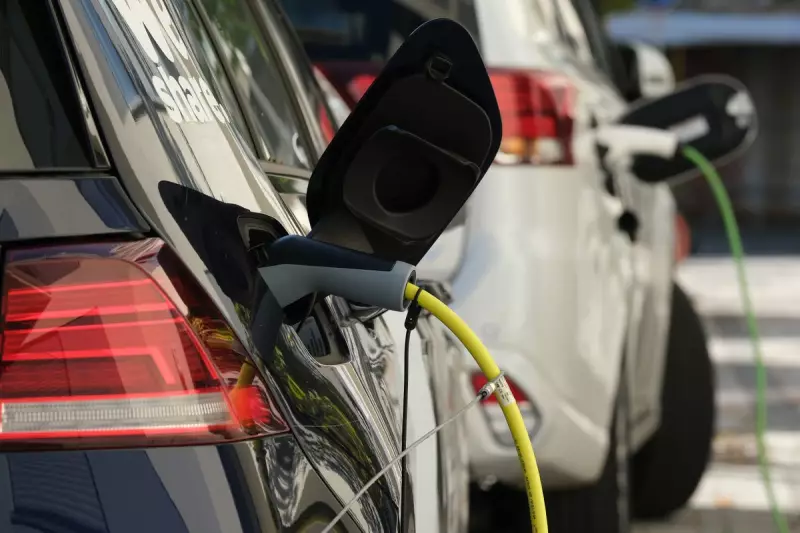
Plug-in hybrid vehicles, often marketed as the perfect bridge between petrol and electric cars, are facing a major credibility crisis. Groundbreaking research has exposed a massive gap between laboratory emissions figures and real-world pollution levels.
The alarming reality behind PHEV emissions
According to comprehensive studies, plug-in hybrids are emitting up to seven times more carbon dioxide in everyday driving conditions than official laboratory tests suggest. This startling revelation challenges the very foundation of their environmental claims and government incentives.
Why the massive discrepancy?
The problem lies in how these vehicles are actually used versus how they're tested. Laboratory conditions assume:
- Regular charging between journeys
- Optimal driving patterns
- Ideal temperature conditions
- Minimal use of the petrol engine
In reality, many PHEV owners rarely charge their vehicles, effectively turning them into heavy petrol cars carrying redundant battery weight.
Policy implications and consumer concerns
This emissions scandal has far-reaching consequences. Governments worldwide have been offering substantial subsidies and tax benefits for plug-in hybrids based on their laboratory performance. These incentives may now require urgent review.
"We're essentially subsidising pollution," one transport analyst noted. "Consumers are buying these vehicles thinking they're making an environmentally conscious choice, but the reality is very different."
The way forward for cleaner transport
As the automotive industry transitions toward electrification, this research highlights the need for:
- More accurate real-world emissions testing
- Transparent consumer information
- Revised government incentive structures
- Better charging infrastructure to support PHEV usage
The findings serve as a crucial reminder that the path to sustainable transport requires honest assessment and continuous improvement, not just optimistic laboratory figures.





